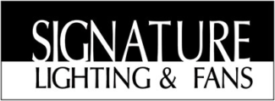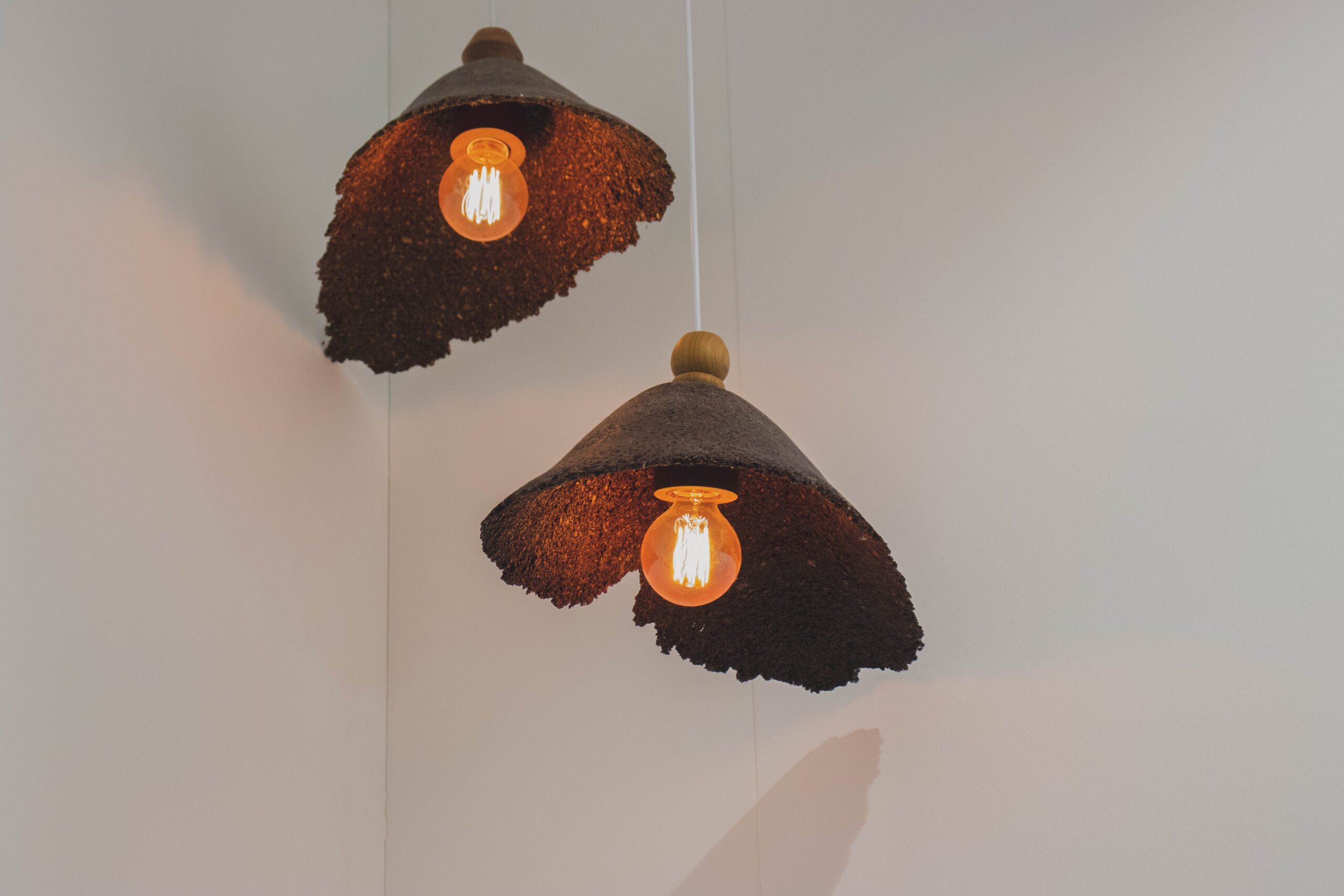We’ve come a long way since Thomas Edison. Light has advanced to serve more purposes and help us live better, but there are still some concerns about which are the safest light bulbs.
With the recent push towards a greener, environmentally-conscious world, consumers have become increasingly interested in the dangers of products in their own homes—and rightly so.
If the products we use can harm the very ecosystem that supports us, how can we be sure they aren’t harming us as well?
To ensure your home is the safe, inviting place it should be we’re breaking down the different light bulbs in your home.
The most common types of light bulbs are incandescent, halogen, compact fluorescent lamps (CFLs), and light emitting diodes (LEDs). If you’re concerned which are the safest light bulbs in your home, this guide will help you determine which light bulbs are best for you.
Incandescent
The most commonly used bulb type, incandescent bulbs hold a filament that lights up when heated. Bulbs of this type can be found all around—from the lamp at your bedside to the headlights in your car. Whether it’s primarily for decoration (string lights in a vintage bar) or serving a specific purpose (like in a flashlight), the wide variety of shapes, sizes, and uses means incandescent bulbs are here to stay for quite a while.
So, since they’re the most common, they must be the safest light bulbs, right?
Wrong.
Despite their frequent use, incandescent bulbs still pose a few dangers.
Because these bulbs run so hot, they have been known to cause fires if in direct contact with an easily flammable material. Thankfully, this can be avoided in bulbs that allow the heat to dissipate, lessening the likelihood of a fire.
Additionally, if an incandescent bulb gets, wet, too cold, or lacks proper sealing, it may explode without warning. Depending on how it is installed, it may or may not lead to pieces of broken glass being scattered throughout the room for you to find in the following weeks in the most painful way possible.
But exploding isn’t the only way it can break.
The glass on incandescent light bulbs is usually made very thin. But this fragility means it is more prone to breaking with even the slightest tap or drop. These nearly invisible shards can end up in your hair, eyes, mouth, and anywhere on your skin if you’re not careful. If a bulb breaks, be sure to do multiple rounds of cleaning to ensure no broken pieces are left behind or you may continue to find broken glass for weeks! This is especially bad news if you have small children or enjoy walking around barefoot.
Halogen
These bulbs are a variation of incandescent because they work with the same filament heating process. However, unlike incandescent bulbs, halogen bulbs prevent tungsten evaporation. The evaporated tungsten actually sticks to the glass in a black film throughout the bulb, significantly reducing light output.
The gas in halogen bulbs push the tungsten back to the filament.
So, you get no blackened bulbs and much more time before you need to replace it.
However, this doesn’t mean that they’re the safest light bulbs out there.
Yes, halogen bulbs are more efficient than their incandescent counterparts, but unfortunately, their warmer temperature output poses a fire hazard, especially if they are touching one item for too long.
Halogen bulbs also emit UV rays when turned on. So, although some UV exposure might be good for you, it’s important to take the necessary precautions if you’ll be directly exposed to it for an extended period.
In addition to sunburns, halogen bulbs can also burn your skin when touched.
Don’t attempt to change one of these bulbs until waiting for it to cool. WIth heat output that could start a fire, there’s no telling what it could do to your skin.
The overheating capabilities of both incandescent and halogen bulbs make them frequent culprits of house fires.
In fact, 97% of the electricity they use becomes heat that poses serious risk to everyone in your home.
LED

One of the most efficient and long-lasting types of bulbs on the market, LED bulbs pose no fire hazard thanks to their ability to absorb the heat that they create.
LEDs have been found to contain a number of harmful chemicals and substances including arsenic, lead, and nickel.
These concerns are primarily surrounding red (and some other) colored LEDs—like the ones used at traffic lights or in your favorite Christmas lights.
If you’re dealing with white or soft white lights, you can rest easy. These colors have the least amount of possible toxins. In these bulbs, nickel may be present and may cause an allergic reaction in individuals with severe sensitivities.
But even the most allergic individual would need to have direct and extended contact with the nickel in a broken bulb to trigger any reactions.
Although the amount of these substances present in one bulb may not be enough to cause cancer or other ailments in just one instance of exposure, they can be very harmful to the environment if poorly discarded. A buildup of chemicals in the waters can pollute the water and harm animals that call it their home.
To be sure you’re purchasing the highest quality LEDs, avoid box stores that sell low-grade products and purchase from a committed lighting provider instead.
CFL
CFLs are 75% more energy efficient than incandescent bulbs and last much longer.
What’s the catch, you ask?
CFLs do contain mercury. The mercury in these bulbs emit UV light when charged with electricity. Although most fluorescent tube bulbs have a filter that protects against this, CFL bulbs do not. So, handle them with care.
Thankfully, the hazard isn’t as serious as most people think it is. A study on this clarified the amount of mercury in these bulbs and noted it’s small fraction of 3-5 mg compared to older thermometers, which had about 500 mg of mercury.
But there is evidence that these low levels can build to serious toxicity if a broken bulb isn’t cleaned up immediately.
The study also mentioned that the state of the mercury only changes to a vapor if the bulb is turned on—this means more vapor is released if the bulb is broken while it’s on.
In addition to being a danger for small children, a broken CFL bulb can even disperse toxic vapor into the air for at least 43 days, and as the engineers in this study discovered, possibly up to 85 more days.
And if that wasn’t enough, using flickering fluorescent lights can lead to strained eyes and blurry vision. Avoid serious health issues by changing any flickering bulbs immediately.
Hope for Your Health

So, what are the safest light bulbs?
As you can see, every light poses some threat to people or the environment. If your lights are poor quality or are not used properly, you may challenge the health of your eyes; and improper handling can result in broken bulbs, leading to short- or long-term issues.
Many of the dangers that light bulbs present have a lot to do with the quality of the bulbs and the way they are used and handled. However, high quality LEDs are the safest light bulbs available. Most manufacturers have stopped making glass LED bulbs and opt for plastic or acrylic instead, so they’re less prone to shattering and less likely to harm you if broken.
By far, the biggest danger relating to light bulbs is the potential injury associated with changing them. Light bulbs are usually fixed in hard-to-reach places and can require some skill and maneuverability to change.
In an effort to lower the risk of this #1 cause of home deaths, some states even make a legal push for LED bulbs in homes built for the elderly because of their efficiency and less frequent need to be replaced.
To ensure the safest home for yourself and your family, always buy quality bulbs and handle them with care. We recommend getting professional help for lighting installations, if needed. The time it takes to do so will be well worth your health and happiness.
About Us
We’re committed to offering families more than just quality lighting options. In line with the Danish concept of hygge, our goal is to bring you closer to a home where you feel cozy and happy at any time of day.

